An MIT research group has developed highly flexible fiber probes for observation and stimulation of spinal cord activity.
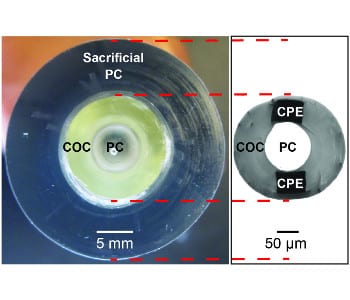

An MIT research group has developed highly flexible fiber probes for observation and stimulation of spinal cord activity.
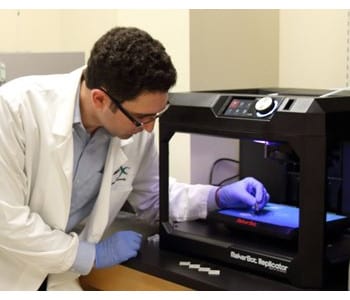
Researchers develop an innovative method for using affordable, consumer-grade 3D printers and materials to fabricate custom medical implants.
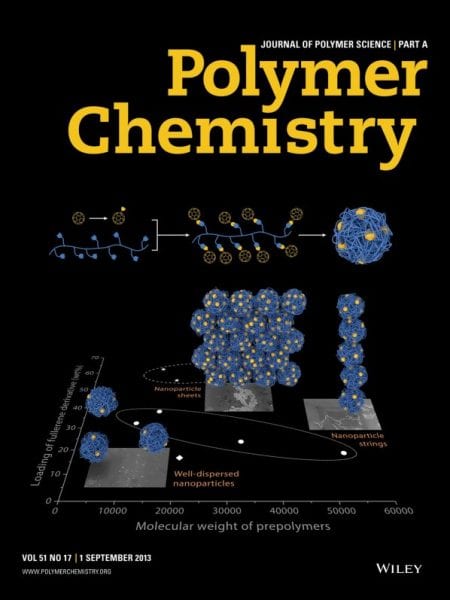
The Journal of Polymer Science Part A: Polymer Chemistry highlights some important research in the latest issue.
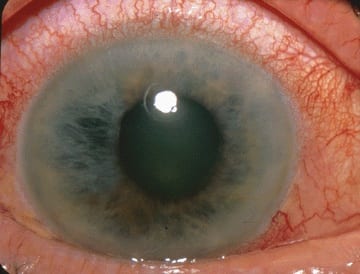
A new glaucoma drainage device, reported in Advanced Healthcare Materials, may reduce the risk of blindness for millions of sufferers around the world.
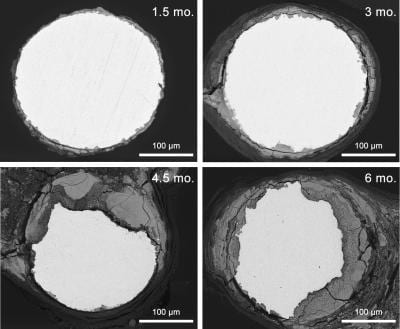
Some materials dissolve too quickly in the body, and some hang around forever — zinc, however, may be just right.
Researchers at Rensselaer Polytechnic Institute develop new method to kill pathogenic bacteria without antiobiotics or chemicals.
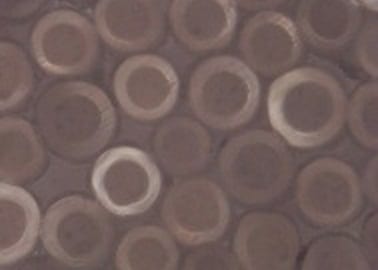
Melt-processed fibres have been found to be biocompatible and biodegradable with no cytotoxicity.
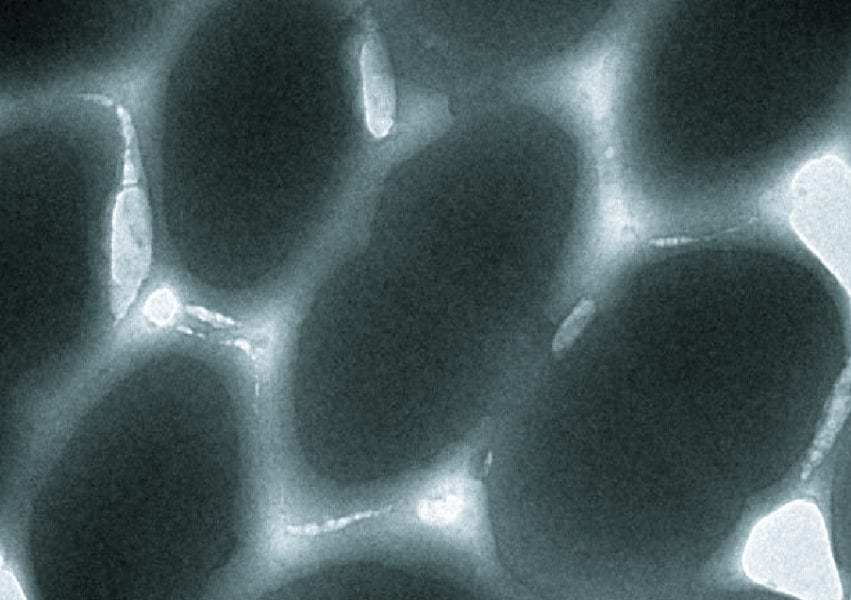
Group reports the broad-spectrum bactericidal activity of a gold nanoparticle-polythiophene composite on pathogenic bacteria.
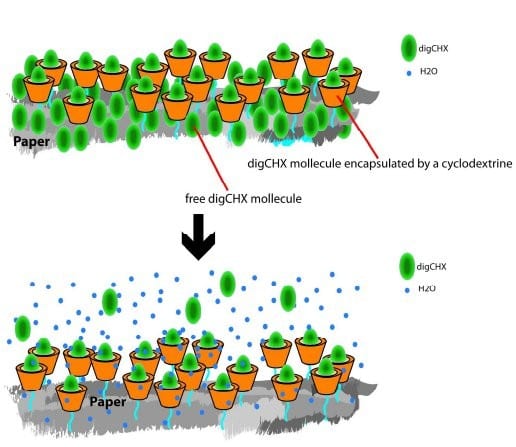
Scientists use functionalization of cellulose through cyclodextrin for long release of antibacterial drugs and production of antibacterial paper.
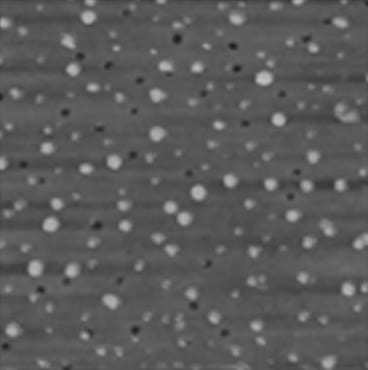
Hyperbranched polymers help nanoparticles migrate to the surface of composite materials to improve their antimicrobial properties.